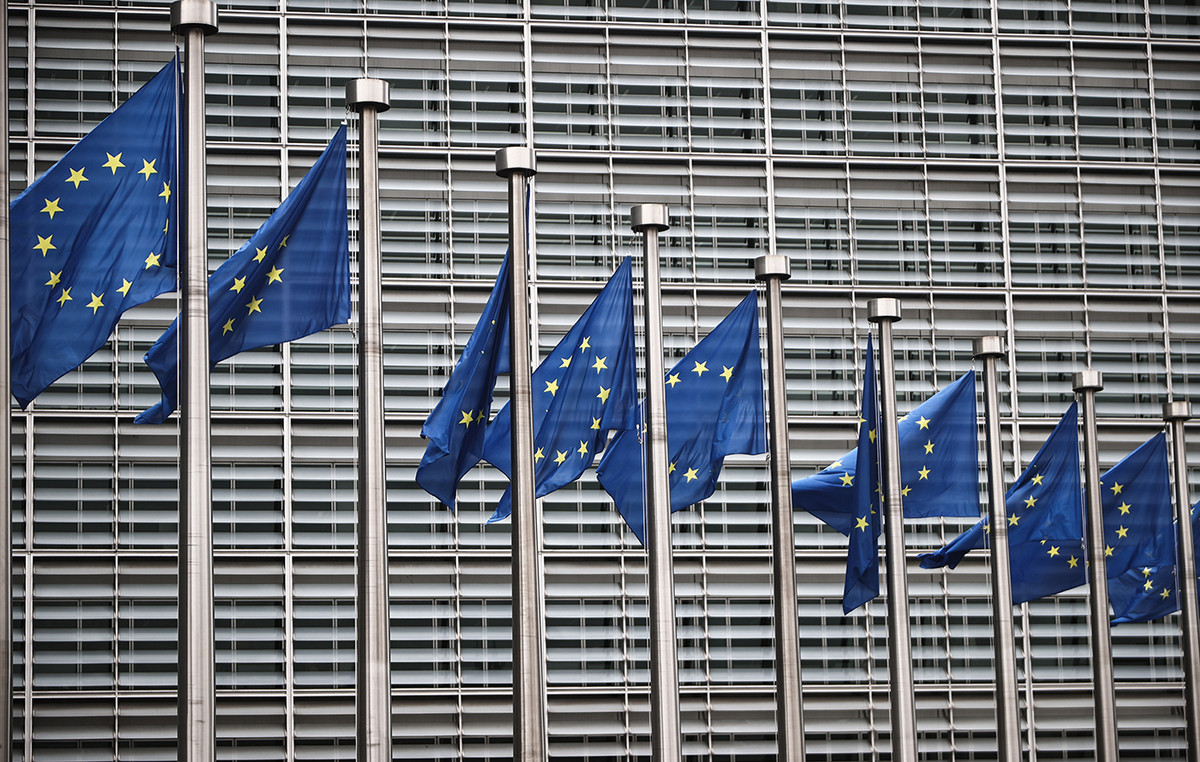- The DXY is currently trading around the high of 105.45, making gains.
- March core PPI was higher than expected.
- Likewise, weekly jobless claims were encouraging.
He US Dollar Index (DXY) It is currently trading at 105.45, marking its highest position since November 2023. The Dollar continues to rise thanks to the hawkish bets of the Federal Reserve (Fed) due to good inflation figures. The strength of the labor market also increases the attractiveness of the Dollar.
Following a strong labor market report and signs of rising inflation in March, Fed officials could begin to signal that they need more evidence that the economy is slowing before lowering rates. Consequently, US Treasury yields could continue to rise, which would be advantageous for the Dollar.
Daily summary of market movements: Dollar rises on good data and Treasury yields continue to rise
- The Producer Price Index (PPI) for March increased 0.2% monthly and 2.1% annually, below forecasts.
- The annual core PPI exceeded forecasts with an increase of 2.4% annually, compared to the 2.3% expected and the 2% recorded in February.
- Initial weekly jobless claims showed improvement, registering at 211,000, below the expected 215,000 and down from the previous 222,000.
- Market expectations for rate cuts have fluctuated following the release of the CPI data.
- The odds of a cut in June plummeted towards 20% following March inflation data released on Wednesday.
- US Treasury yields continued to rise. The 2-year yield was the only one that fell to 4.95%, while the 5-year and 10-year yields rose to 4.62% and 4.58%, respectively.
The technical indicators on the daily chart reflect bullish momentum for the DXY. The Relative Strength Index (RSI), which continues to slope upward into positive territory, suggests the presence of underlying buying momentum. Furthermore, the moving average convergence divergence (MACD) seems to corroborate this bullish outlook. It shows ascending green bars, adding conviction to the bullish market sentiment.
A look at the simple moving averages (SMA) reveals a similar story, as the DXY is firmly sitting above the key 20-day, 100-day, and 200-day SMAs. This positioning suggests that the current trend is bullish and that the bulls have the upper hand.
Frequently Asked Questions about the US Dollar
What is the US Dollar?
The United States Dollar (USD) is the official currency of the United States of America, and the “de facto” currency of a significant number of other countries where it is in circulation alongside local banknotes. According to 2022 data, it is the most traded currency in the world, with more than 88% of all global currency exchange operations, equivalent to an average of $6.6 trillion in daily transactions.
After World War II, the USD took over from the pound sterling as the world's reserve currency.
How do the decisions of the Federal Reserve affect the Dollar?
The single most important factor influencing the value of the US Dollar is monetary policy, which is determined by the Federal Reserve (Fed). The Fed has two mandates: achieve price stability (control inflation) and promote full employment. Your main tool to achieve these two objectives is to adjust interest rates.
When prices rise too quickly and inflation exceeds the 2% target set by the Fed, the Fed raises rates, which favors the price of the dollar. When Inflation falls below 2% or the unemployment rate is too high, the Fed can lower interest rates, which weighs on the Dollar.
What is Quantitative Easing and how does it influence the Dollar?
In extreme situations, the Federal Reserve can also print more dollars and enact quantitative easing (QE). QE is the process by which the Fed substantially increases the flow of credit into a clogged financial system. This is an unconventional policy measure used when credit has dried up because banks do not lend to each other (for fear of counterparty default). It is a last resort when a simple lowering of interest rates is unlikely to achieve the necessary result. It was the Fed's weapon of choice to combat the credit crunch that occurred during the Great Financial Crisis of 2008. It involves the Fed printing more dollars and using them to buy US government bonds, primarily from financial institutions. QE usually leads to a weakening of the US Dollar.
What is quantitative tightening and how does it influence the US dollar?
Quantitative tightening (QT) is the reverse process by which the Federal Reserve stops purchasing bonds from financial institutions and does not reinvest the principal of maturing portfolio securities in new purchases. It is usually positive for the US dollar.
Source: Fx Street
I am Joshua Winder, a senior-level journalist and editor at World Stock Market. I specialize in covering news related to the stock market and economic trends. With more than 8 years of experience in this field, I have become an expert in financial reporting.







